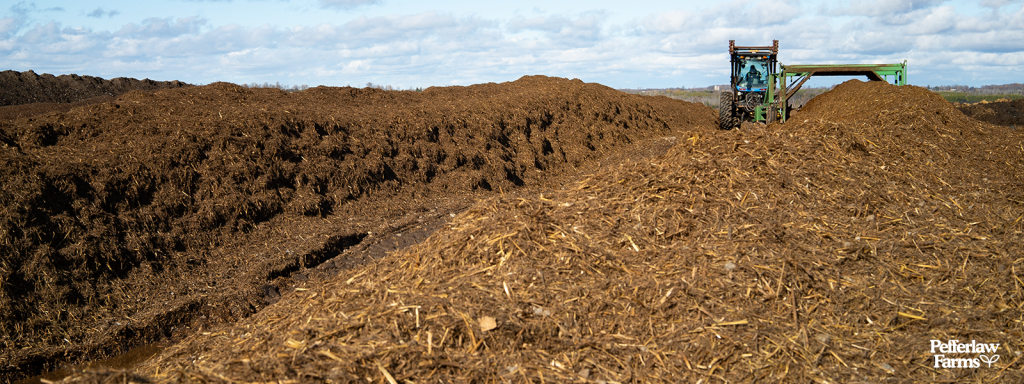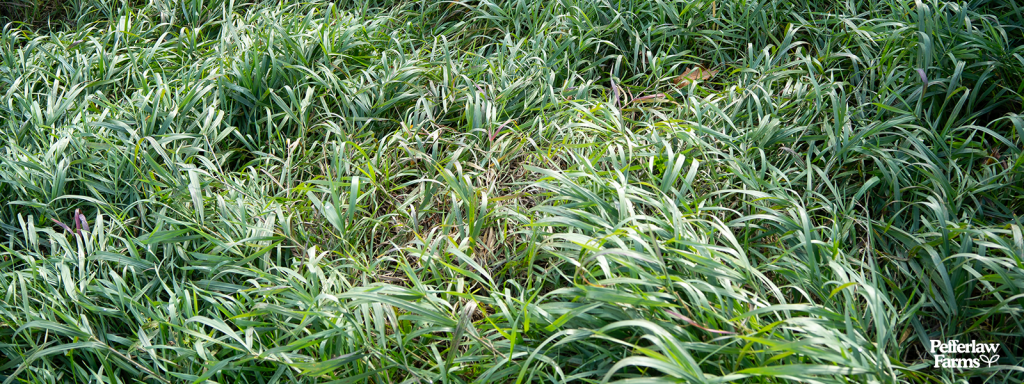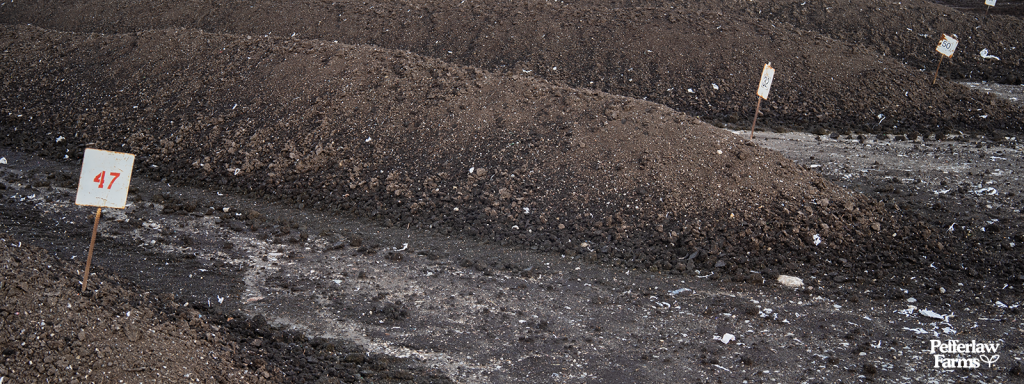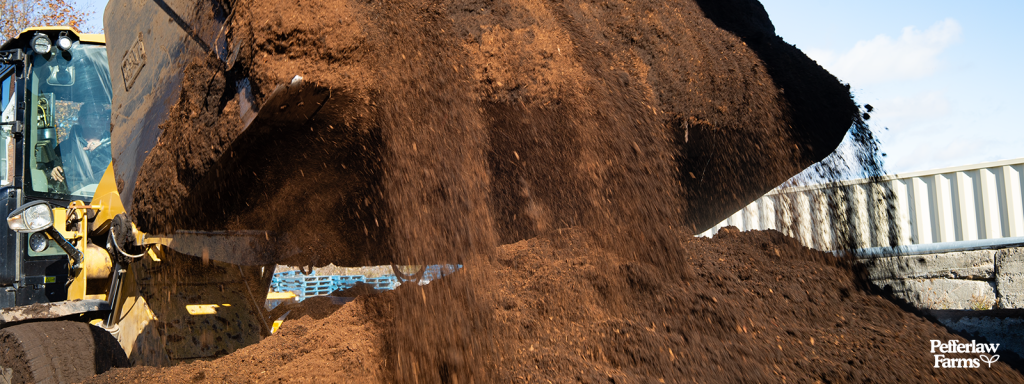The success of any garden lies in the quality of its soil. Pefferlaw Farms Organic soil provides a nurturing environment for plants, supplying essential nutrients, promoting proper drainage, and fostering strong root systems. Understanding what makes Pefferlaw Farms Organic such exceptional soil is crucial for gardeners seeking vibrant, thriving plants. In this post, we’ll (please excuse the pun) ‘dig’ into understanding the key components that contribute to the creation of high-quality soil.

- Texture:
Good soil has a balanced texture that allows for proper aeration, drainage, and water retention. Soil is generally categorized into three main types based on particle size: sand, silt, and clay. The ideal soil, known as loam, is a well-balanced mixture of these three components. Loamy soil provides a perfect blend of drainage and water retention, offering an optimal environment for plant roots to access water and nutrients.
- Organic Matter:
The presence of organic matter is a hallmark of good soil. Organic matter, such as decomposed plant material, animal manure, and compost, improves soil structure, enhances water retention, and provides essential nutrients for plant growth. It also encourages the activity of beneficial microorganisms that contribute to a healthy soil ecosystem. Pefferlaw Farms Organic line is certified by Pro-Cert, ensuring that our soil meets the highest standard of organic content.

- Nutrient Content:
Good soil is rich in essential nutrients required for plant growth. The primary nutrients are nitrogen, phosphorus, and potassium, often represented by the acronym NPK. Additionally, secondary nutrients like calcium, magnesium, and sulfur, as well as micronutrients like iron, zinc, and copper, are vital for plant health. Regular soil testing at Pefferlaw Farms helps determine our nutrient levels, allowing us to amend the soil as needed.
- pH Level:
The pH level of soil measures its acidity or alkalinity. Most plants prefer a slightly acidic to neutral pH range (around 6.0 to 7.0). Ensuring the correct pH level is crucial, as it influences nutrient availability. Lime can be added to raise pH, while sulfur or peat moss can be used to lower it.
- Microbial Activity:
A thriving community of microorganisms, including bacteria, fungi, and other soil-dwelling organisms, is indicative of good soil health. These microorganisms contribute to nutrient cycling, help decompose organic matter, and form symbiotic relationships with plant roots, aiding in nutrient absorption. Practices like adding organic matter and avoiding excessive use of synthetic chemicals can promote a diverse and active microbial population.

- Proper Drainage:
Good soil allows for proper drainage, preventing waterlogged conditions that can lead to root rot and other plant diseases. Sandy soils typically drain quickly, while clayey soils may need amendments to improve drainage. Well-aerated soil ensures that plant roots receive both oxygen and water, promoting healthy growth.
- Structure and Tilth:
The structure of soil refers to the way its particles are arranged. Good soil has a crumbly, granular structure known as “tilth.” This structure allows for easy root penetration and promotes a healthy root system. Regular additions of Pefferlaw Farms Organic soils and avoiding compaction contribute to good soil structure.

Creating and maintaining good soil is a foundational aspect of successful gardening. By understanding and incorporating these key components, and selecting Pefferlaw Farms Organic products, gardeners can cultivate a thriving environment for their plants. Whether you’re tending to a small backyard garden or a larger agricultural plot, prioritizing good soil health by usinf Pefferlaw Farms Organic is the key to reaping bountiful harvests and enjoying the beauty of flourishing plants.
Happy gardening!



